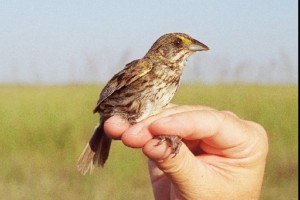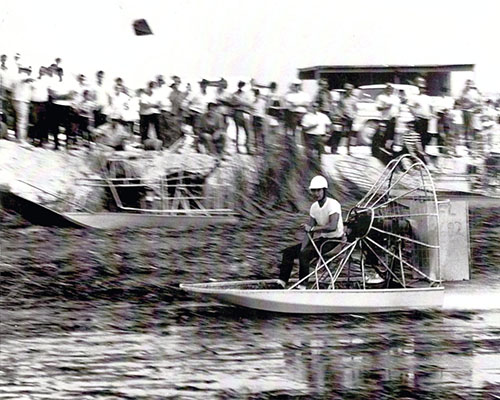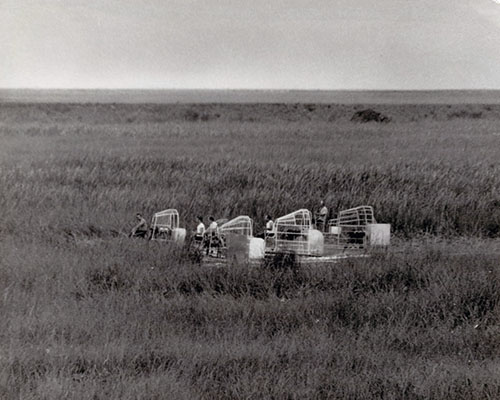- Eric Chaney
- weather.com
 The Everglades are in the midst of a “catastrophic” flood event.
The Everglades are in the midst of a “catastrophic” flood event.
So says Ron Bergeron, a 10-year commissioner with the Florida Fish and Wildlife Conservation Commission, who has watched heavy rains in South Florida over the past month push water levels in the conservation areas of the swamp to historic heights.
All but a few of the tree islands in the Everglades, which are used by white-tailed deer and other wildlife, are under water, Bergeron told the Florida Sun-Sentinel.
“We have the highest water level ever since records were kept going into the rainy season,” he said. “This event, if it’s not addressed properly, will have the greatest impact to our wildlife, the environment, the habitat and the plant life that we’ve ever seen.”
Bergeron told the Sun-Sentinel he had been in contact with Gov. Rick Scott, who issued an emergency order Friday to move water out of the Everglades’ water conservation areas, as well as the U.S. Department of the Interior, the U.S. Fish and Wildlife Service (USFWS), the South Florida Water Management District, and the U.S. Army Corps of Engineers.
While Scott’s decree has helped some, it’s not enough, Bergeron says.
“It’s very scary, inflows that are three times greater than the outflows,” he told the Sun-Sentinel. “The level of the water conservation areas will rise close to one inch a day with those kinds of inflows and no rain. The water is so high above [where it should be at this time of the year] that if the inflows matched the outflows, and there was hardly any rain, it would take until December to get back to regulation.”
Not everyone is on board with pumping water out of the conservation areas.
The USFWS is proposing to keep those spillways closed until July 15 to protect the endangered Cape Sable seaside sparrow, whose nesting areas would be in the path of the releases.
Larry Williams, state supervisor for USFWS, told the Palm Beach Post he agrees the Everglades animals are in a crisis and that some will die, but that the Cape Sable sparrow is the only species that could be wiped out forever.
Willaims told the Post there are between 2,000 and 3,000 Cape Sable seaside sparrows left in the Everglades, but if their population drops much below 300, they will likely go extinct.
“The sparrows are close to extinction and if something goes extinct, it doesn’t come back,” Williams told the paper. “The other populations will come back. We don’t want to seem callous, but extinction, you don’t recover from it.”
On Friday, the South Florida Water Management District was granted emergency permission to back pump clean water into Lake Okeechobee to alleviate overflow in the conservation areas, the Post reports.
But Williams told the Post that even with the water pumping at maximum capacity, Williams said it will drain only a quarter-inch per week, and Bergeron told the Sun-Sentinel that if the water isn’t moved quickly, there might not be an Everglades to restore.
“When you have a 100-year Act of God, the weak may die and the strong survive and that’s nature,” Bergeron told the Post, “but when you extend the duration and compound it with flood control, you put the Everglades in the emergency room.”




